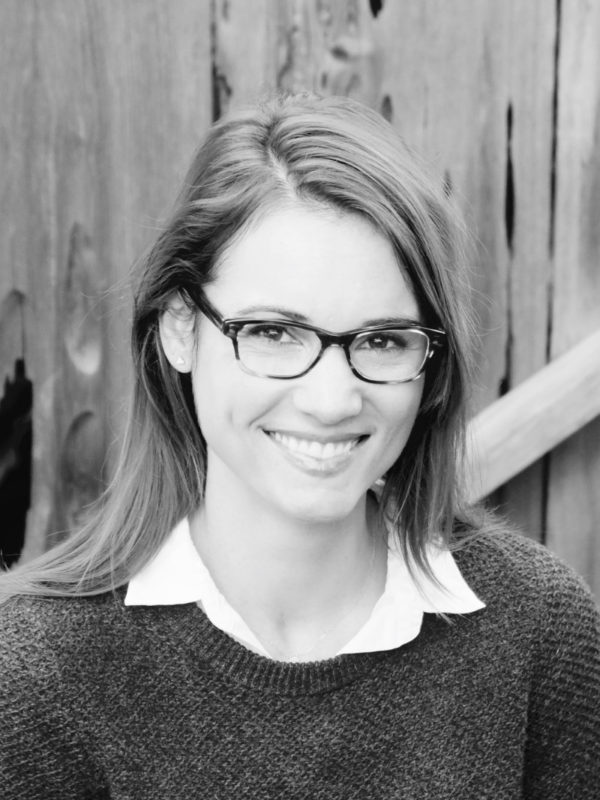Fires, Air Pollution, and Public Health: A Remote Sensing-Based Perspective
Abstract
Wildfire frequency and severity are increasing in many locations around the world. Wildfires emit particles and trace gases that are harmful to public health. In this talk, I will share results from several projects around the world that are evaluating the impact that wildfire emissions can have on air pollution and public health outcomes. First, I will discuss how a long-term longitudinal survey data in Indonesia, the Indonesia Family Life Survey, has been used to measure morbidity outcomes from air pollution exposure. Second, I will present work from a project in California to link drought and climate change to wildfires and public health impacts. Using a fine resolution fire emissions inventory, this study analyzes how recent record-breaking fires across the state have contributed to population-level exposure to air pollution. Finally, I will link these two case studies to explore connections between changes in land management and climate in driving wildfire-related pollution impacts.

Miriam E. Marlier
Assistant Professor of Global Environmental Change Environmental Health Sciences Department
UCLA Fielding School of Public Health
Biography
Miriam Marlier is an Assistant Professor of Global Environmental Change in the Environmental Health Sciences Department at the UCLA Fielding School of Public Health. She is an interdisciplinary environmental scientist with broad interests in examining interactions between environmental change and public health using remote sensing data and interdisciplinary modeling techniques. Some of her recent research projects include forecasting the influence of different conservation and development policies in Indonesia on fire emissions, air pollution, and regional public health outcomes, measuring the effect of agricultural waste burning on air quality in India, understanding the physical climate drivers of fire activity in the western U.S., and using remote sensing data to improve responses to natural disasters. Dr. Marlier previously worked as an Associate Physical Scientist at the RAND Corporation.